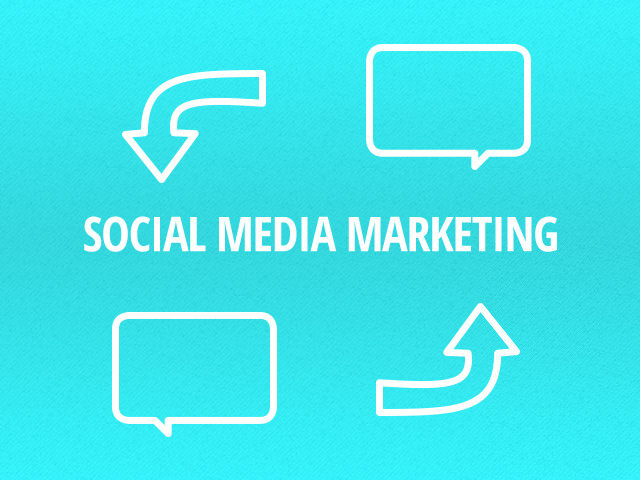Social media marketing has emerged over the past few years as a supplement, if not an outright alternative, to traditional marketing. The vast majority of companies are on Twitter—try searching for five right now, local or national, and see what they are up to. And some of our most recognizable corporations (think Target, Starbucks) are trendsetters on social platforms, finding new and fun ways to engage their fans on a daily basis.
These companies know the value of social media in 2015, but they haven’t abandoned their established marketing channels either. The most effective marketing companies today blend social strategies into their already-existing print, TV, radio and other existing advertising campaigns.
TV is a powerful way to encourage people to interact with you. A lot of people will do it on their own— they see your ad on TV, think it’s funny or cool, and they tweet about it.
People have a real and deep desire to associate with the people and things they like, especially if said thing is bigger or more popular than them. The ability to tag a person or company in a post not only associates the sender with whatever company they have tagged, but also opens the door for that company to respond. Imagine your delight when your favorite athlete or musical artist replies to you via social media.
While some may rely on their customers to tweet about them on their own volition, another option is to encourage interaction across social media platforms using prompts and promotions. The Hunger Games franchise has made itself famous for creating a firestorm of interest on social media by strategically leaking information about their films and encouraging fans to tweet about them, offering rewards for being “the biggest fan” (the proposed designation being a massive reward in itself).
And though the way we watch TV might be changing rapidly, this mode of interacting with the media that we watch is going absolutely nowhere. TV ratings provider Nielsen is now tracking social engagement for various TV programs on a weekly basis. We are clearly headed for a place where communication between people and brands across digital channels will become even more seamless.
You can also integrate your social media strategy into your print ads. Though you want to make sure your ads still appear to direct audiences toward your product rather than your social media, it’s always beneficial to add the icons for whichever platforms you use. Just a glimpse of that ubiquitous little blue bird and you remind your audience to follow you on Twitter.
The marketing juggernauts of our age are masters of omnichannel marketing. As John points out in this blog post about jumpstarting your social media, pairing your efforts on social media with your other marketing campaigns can amplify your success. Repetition reminds your audience about who you are. As long as your message is consistent across platforms, this can only be a good thing.
At Social Media Contractors, we also strongly encourage our clients to brand any deliverables they have with their social media icons on them. Any business cards or stationery that you hand out should be branded with not only your company’s logo, but also the logos of any social platforms on which you maintain a presence. This serves as a quick and easy reminder for anyone who wants to find out more about you.
In conclusion, don’t get confused about social media’s role in your marketing plans. It is an effective tool that can foster brand awareness, generate leads and help you with recruiting. When paired with your already existing marketing campaigns, it can amplify your message and spread your influence. Find a place for social media icons in your existing advertising and brand all of your deliverables with your social icons.
Image credit: CC by Jerry Nihen




